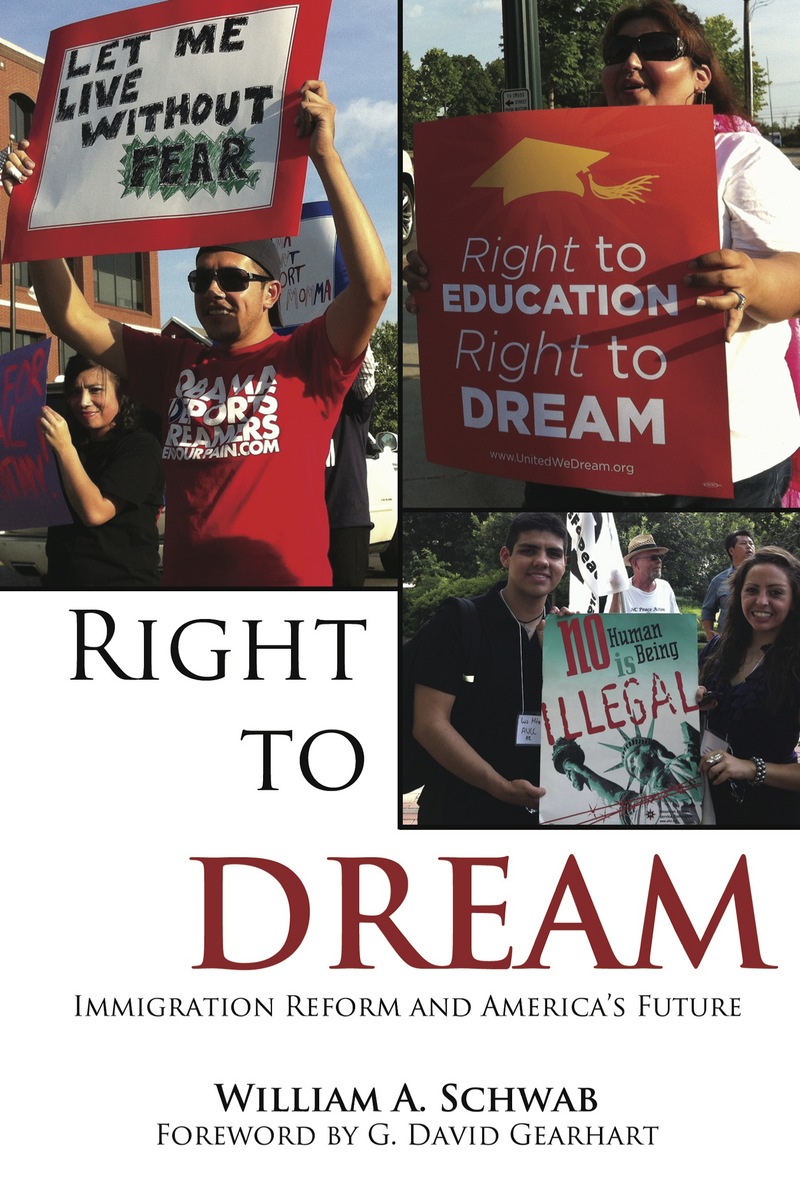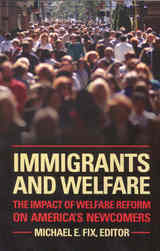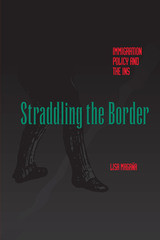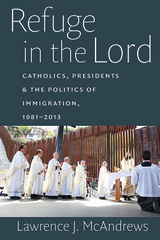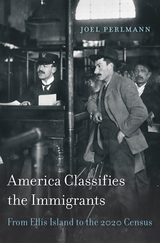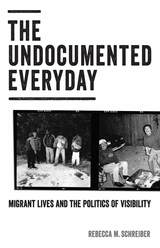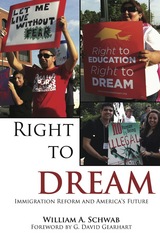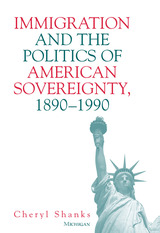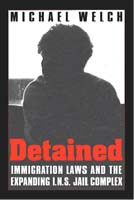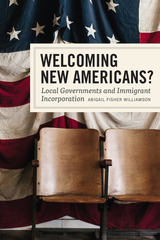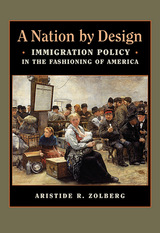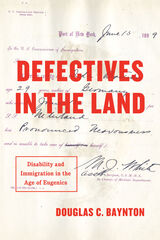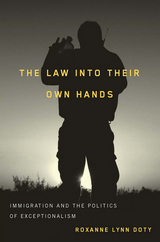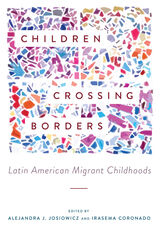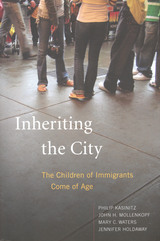Right to DREAM: Immigration Reform and America’s Future
University of Arkansas Press, 2013
Paper: 978-1-55728-638-3 | eISBN: 978-1-61075-526-9
Library of Congress Classification JV6483.S393 2013
Dewey Decimal Classification 364.137
Paper: 978-1-55728-638-3 | eISBN: 978-1-61075-526-9
Library of Congress Classification JV6483.S393 2013
Dewey Decimal Classification 364.137
ABOUT THIS BOOK | AUTHOR BIOGRAPHY | REVIEWS | TOC | REQUEST ACCESSIBLE FILE
ABOUT THIS BOOK
The DREAM Act, bipartisan legislation first introduced in Congress in 2001, would provide conditional residency for undocumented youth brought to the United States as children. It recognizes that undocumented youth have done nothing wrong and that they should be allowed to work, to go to school, and to travel. The bill makes college more affordable through in-state tuition and gives the undocumented a path to citizenship if they graduate from college or serve in the military. Congress has failed to pass the DREAM Act, and fourteen states have filled the gap by implementing their own laws and policies that provide educational benefits to undocumented students. Right to DREAM makes a compelling argument for the DREAM Act and comprehensive immigration reform. William A. Schwab explores the key issues surrounding this legislation: What are the issues that divide? What do the proponents and opponents of the DREAM Act argue? Is there a middle ground? Is compromise possible? Answering these questions, Schwab explains the legal issues surrounding the education of immigrant children, who immigrates and why, how four waves of immigration have shaped the nation, the effects of immigrants on the U.S. economy and culture, and the process of becoming an American. Schwab analyzes the DREAM Act, deferred action, and immigration policy. He weaves personal stories of undocumented youth throughout the book and advocates for the economic, political, and social benefits of the DREAM Act that would bring undocumented youth out of the shadows and into the mainstream of society.
See other books on: Cultural Policy | Education (Higher) | Illegal aliens | Noncitizens | Right
See other titles from University of Arkansas Press
